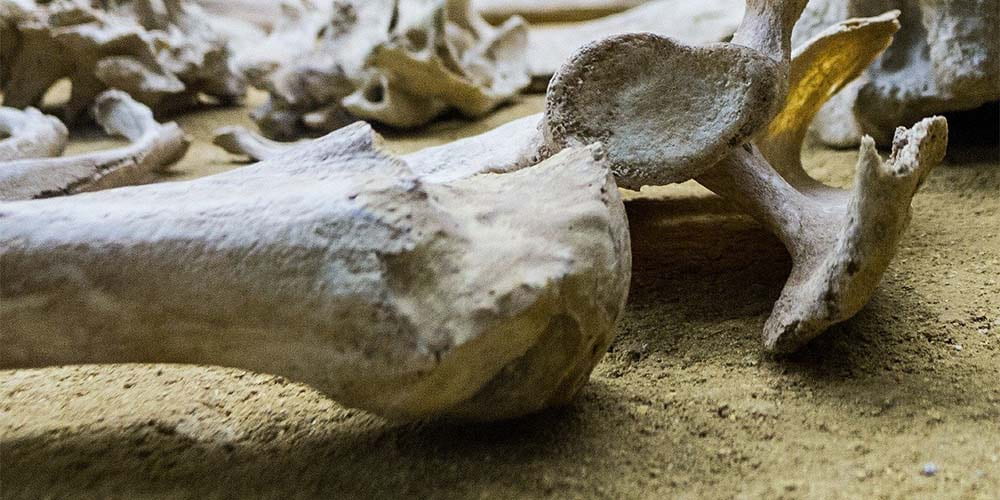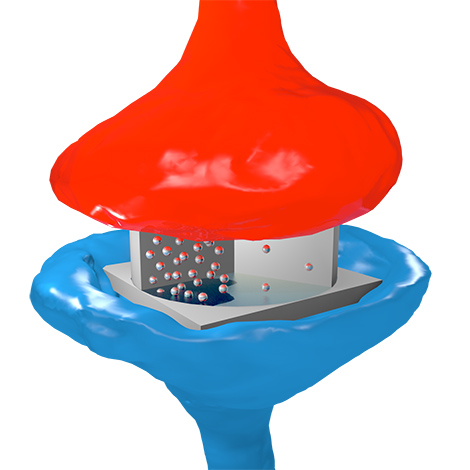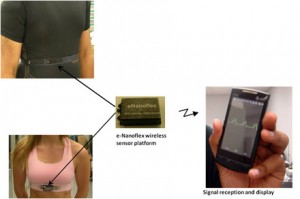
What a great image of bones! This December 3, 2020 University of Arkansas news release (also on EurekAlert) by Matt McGowan features research focused on bone material looks exciting. The date for the second study citation and link that I have listed (at the end of this posting) suggests the more recent study may have been initially overlooked in the deluge of COVID-19 research we are experiencing,
University of Arkansas researchers Marco Fielder and Arun Nair have conducted the first study of the combined nanoscale effects of water and mineral content on the deformation mechanisms and thermal properties of collagen, the essence of bone material.
The researchers also compared the results to the same properties of non-mineralized collagen reinforced with carbon nanotubes, which have shown promise as a reinforcing material for bio-composites. This research aids in the development of synthetic materials to mimic bone.
Using molecular dynamics — in this case a computer simulation of the physical movements of atoms and molecules — Nair and Fielder examined the mechanics and thermal properties of collagen-based bio-composites containing different weight percentages of minerals, water and carbon nanotubes when subjected to external loads.
They found that variations of water and mineral content had a strong impact on the mechanical behavior and properties of the bio-composites, the structure of which mimics nanoscale bone composition. With increased hydration, the bio-composites became more vulnerable to stress. Additionally, Nair and Fielder found that the presence of carbon nanotubes in non-mineralized collagen reduced the deformation of the gap regions.
The researchers also tested stiffness, which is the standard measurement of a material’s resistance to deformation. Both mineralized and non-mineralized collagen bio-composites demonstrated less stability with greater water content. Composites with 40% mineralization were twice as strong as those without minerals, regardless of the amount of water content. Stiffness of composites with carbon nanotubes was comparable to that of the mineralized collagen.
“As the degree of mineralization or carbon nanotube content of the collagenous bio-composites increased, the effect of water to change the magnitude of deformation decreased,” Fielder said.
The bio-composites made of collagen and carbon nanotubes were also found to have a higher specific heat than the studied mineralized collagen bio-composites, making them more likely to be resistant to thermal damage that could occur during implantation or functional use of the composite. Like most biological materials, bone is a hierarchical – with different structures at different length scales. At the microscale level, bone is made of collagen fibers, composed of smaller nanofibers called fibrils, which are a composite of collagen proteins, mineralized crystals called apatite and water. Collagen fibrils overlap each other in some areas and are separated by gaps in other areas.
“Though several studies have characterized the mechanics of fibrils, the effects of variation and distribution of water and mineral content in fibril gap and overlap regions are unexplored,” said Nair, who is an associate professor of mechanical engineering. “Exploring these regions builds an understanding of the structure of bone, which is important for uncovering its material properties. If we understand these properties, we can design and build better bio-inspired materials and bio-composites.”
Here are links and citations for both papers mentioned in the news release,
Effects of hydration and mineralization on the deformation mechanisms of collagen fibrils in bone at the nanoscale by Marco Fielder & Arun K. Nair. Biomechanics and Modeling in Mechanobiology volume 18, pages57–68 (2019) Biomech Model Mechanobiol 18, 57–68 (2019). DOI: https://doi.org/10.1007/s10237-018-1067-y First published: 07 August 2018 Issue Date: 15 February 2019
This paper is behind a paywall.
A computational study of mechanical properties of collagen-based bio-composites by Marco Fielder & Arun K. Nair. International Biomechanics Volume 7, 2020 – Issue 1 Pages 76-87 DOI: https://doi.org/10.1080/23335432.2020.1812428 Published online: 02 Sep 2020
This paper is open access.



